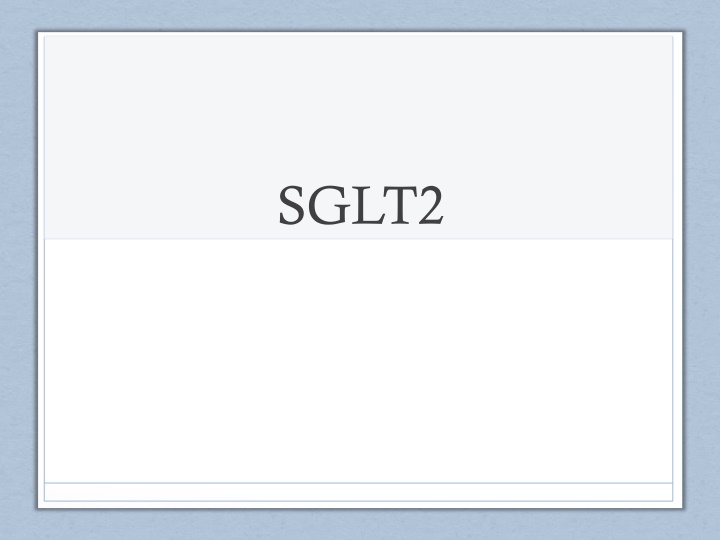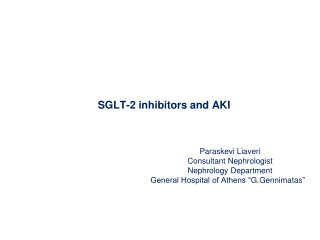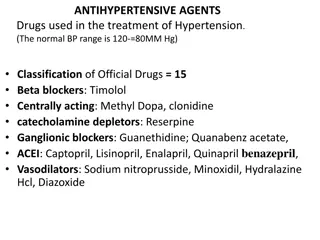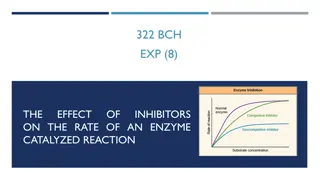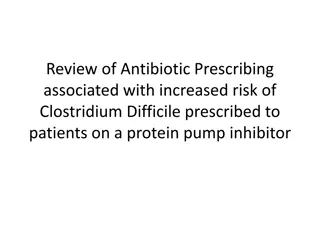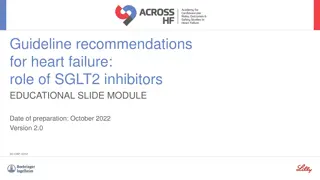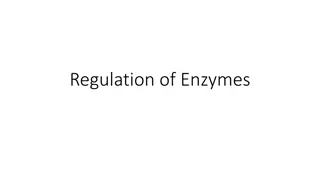SGLT2 Inhibitors and Their Benefits
SGLT2 inhibitors like canagliflozin are used for glycemic control in type 2 diabetes, with benefits including glycemic control, weight reduction, decreased blood pressure, and reduced cardiovascular risk. Caution is advised in patients with certain conditions, and side effects may include hypoglycemia, hypotension, genital thrush, increased UTI incidence, polyuria, and more.
Download Presentation

Please find below an Image/Link to download the presentation.
The content on the website is provided AS IS for your information and personal use only. It may not be sold, licensed, or shared on other websites without obtaining consent from the author.If you encounter any issues during the download, it is possible that the publisher has removed the file from their server.
You are allowed to download the files provided on this website for personal or commercial use, subject to the condition that they are used lawfully. All files are the property of their respective owners.
The content on the website is provided AS IS for your information and personal use only. It may not be sold, licensed, or shared on other websites without obtaining consent from the author.
E N D
Presentation Transcript
SGLT 2 RECEPTORS Sodium-glucose co-transporters are symporters and are of 2 types SGLT 1 and SGLT 2. The SGLT proteins use the energy created by the downhill sodium ion gradient by the Na+-K+pump to transport glucose across the apical membrane against an uphill glucose gradient. This is an example of secondary active transport. Members of the GLUT family then transport the glucose across the basolateral membrane and into the peritubular capillaries. SGLT2 is the major cotransporter involved in glucose reabsorption in the kidney.
SGLT 2 INHIBITORS SGLT 2 inhibitors are called gliflozins. Examples are Canagliflozin, Dapagliflozin, and Empagliflozin. By inhibiting SGLT-2, medications of the gliflozin class prevent the kidneys' reuptake of glucose from the glomerular filtrate and subsequently lower the glucose level in the blood and promote the excretion of glucose in the urine (glucosuria).
It is a SGLT 2 inhibitor used for glycemic control in type 2 diabetes mellitus. CONTRAINDICATIONS 1. type 1 diabetes mellitus 2. End stage renal disease 3. patients on dialysis 4. Diabetic ketoacidosis 5. Pregnancy 6. Volume depletion
BENEFITS Glycemic control Body weight reduction Decreases blood pressure due to osmotic diuresis Reduction in cardiovascular risk
Caution is advised when to be used in patients of CHF, elderly, alcohol abuse, risk of ketoacidosis, prior amputation history, PVD, neuropathy. DOSE Recommended to start at a dose of 100mg OD If patient requires additional dosing to maintain glycemic control and if the egfr is >60/ml/min/1.73m2 thn dose can be increased to 300 mg once a day.
SIDE-EFFECTS : Hypoglycemia Hypotension Genital thrush (vulvovaginal candidiasis) Increased incidence of UTI Polyuria Constipation Nausea Increases LDL colesterol Decrease in kidney function (a lowering of eGFR)
Randomized, Multicenter, Double-Blind Study of the Effects of Canagliflozin on Cardiovascular Outcomes in Patients with Type 2 Diabetes Mellitus comprised of data from two sister trials The participants in CANVAS randomized in a 1:1:1 ratio were given: Canagliflozin 300 mg Canagliflozin 100 mg Placebo Participants in CANVAS-R randomized in 1:1 ratio were given: Canagliflozin at initial dose of 100 mg daily with optional increase to 300 mg at week 13 Placebo
Time to first occurrence of major adverse cardiovascular Events, including CV Death, nonfatal Myocardial Infarction (MI), and Nonfatal Stroke Time Frame: Baseline, time to event up to end of study (approximately 8 years) statistically significant reduction in cardiovascular death, heart attacks, strokes, and total mortality were noted as also in kidney endpoints, specifically albuminuria. statistically significant, approximate doubling in the risk of amputations seen with canagliflozin in the CANVAS trial
